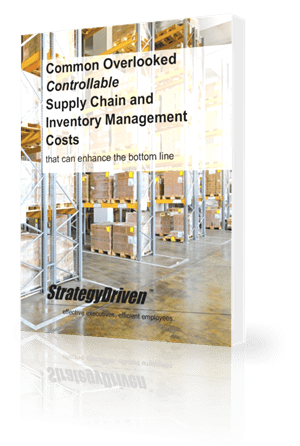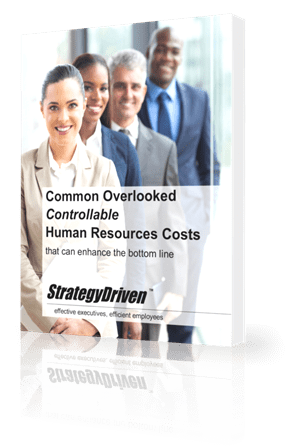Customer Satisfaction: A Flawed Measure
Your customers want more than “satisfying” transactions – they want engaging relationships
To master the new discipline of the emotional economy, business leaders need a new way to think about “customer requirements” and a new set of tools to help structure their businesses around them. But exactly how should they construct a new definition of customer requirements?
Traditionally, the customer’s perspective has been evaluated by assessing “conformance to requirements,” often (though not always) by using a generic measure of customer satisfaction. Early practitioners of the quality movement postulated that customers would be satisfied with and would continue to purchase a product or service if it met their functional specifications and fulfilled their requirements.
Hi there! This article is available for free. Login or register as a StrategyDriven Personal Business Advisor Self-Guided Client by:
Subscribing to the Self Guided Program - It's Free!
About the Authors
John H. Fleming, Ph.D., is Principal and Chief Scientist – Customer Engagement and HumanSigma for Gallup and coauthor of Human Sigma: Managing the Employee-Customer Encounter. He coauthored an article on Gallup’s HumanSigma model in the Harvard Business Review (July/August, 2005) and has published more than 20 research articles and book chapters in such prestigious refereed journals as the Journal of Personality and Social Psychology, Social Cognition, the Journal of Experimental Social Psychology, and Personality and Social Psychology Bulletin. John received his doctorate in social psychology and master’s degree in psychology from Princeton University and his bachelor’s degree from the College of William and Mary in Williamsburg, Virginia. To read John’s complete biography, click here.
Jim Asplund is Chief Scientist, Strengths-Based Development and Principal, Performance Impact Consulting with Gallup and coauthor of Human Sigma: Managing the Employee-Customer Encounter. As a founder and director of Gallup’s Performance Impact Consulting practice, Jim pioneered research to develop Gallup’s HumanSigma approach, which improves organizational performance by managing the employee-customer encounter. He was the primary architect of the HumanSigma measurement system and is the principal consultant for many of Gallup’s best-documented longitudinal case studies of the financial benefits of HumanSigma. To read Jim’s complete biography, click here.










Leave a Reply
Want to join the discussion?Feel free to contribute!